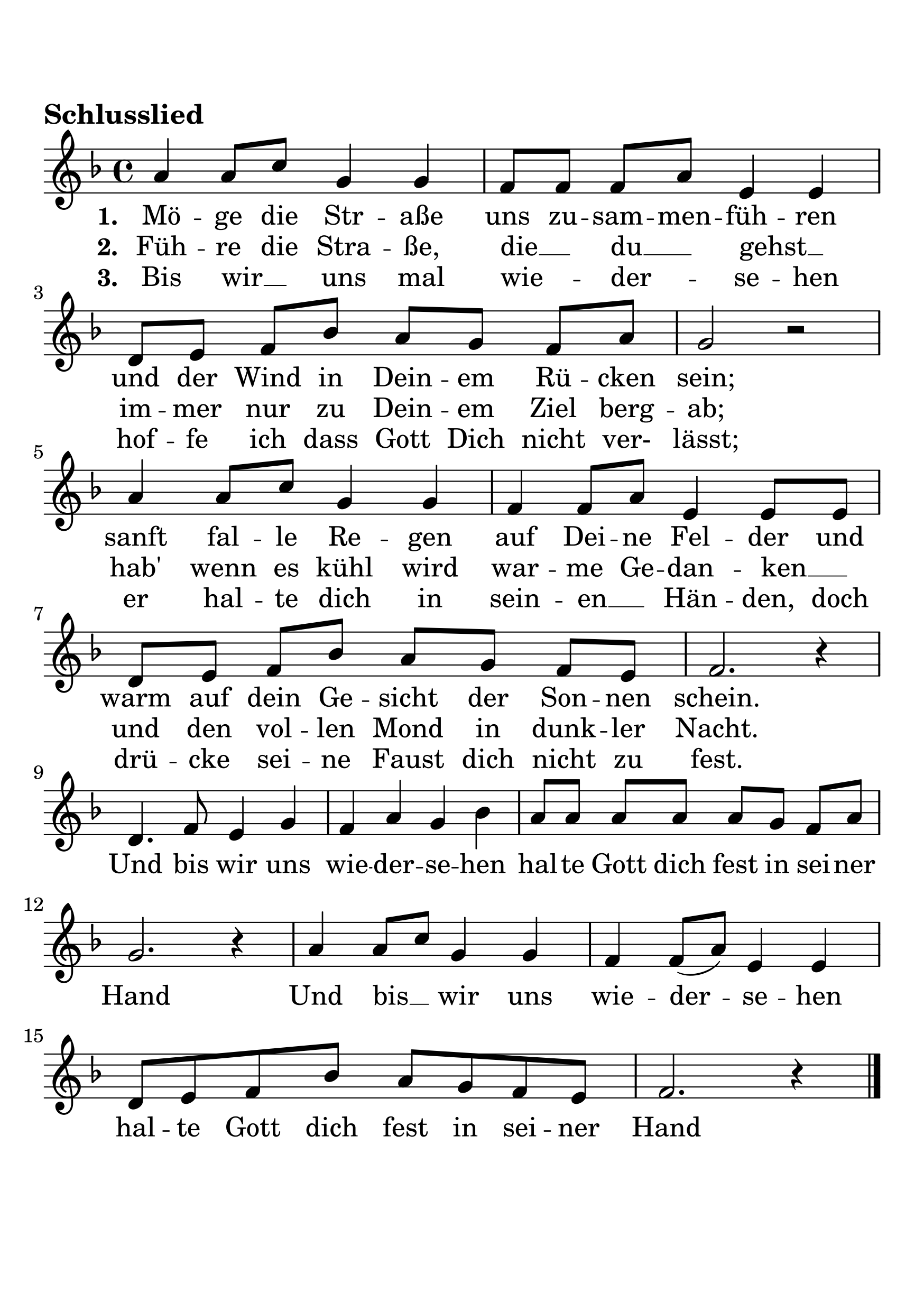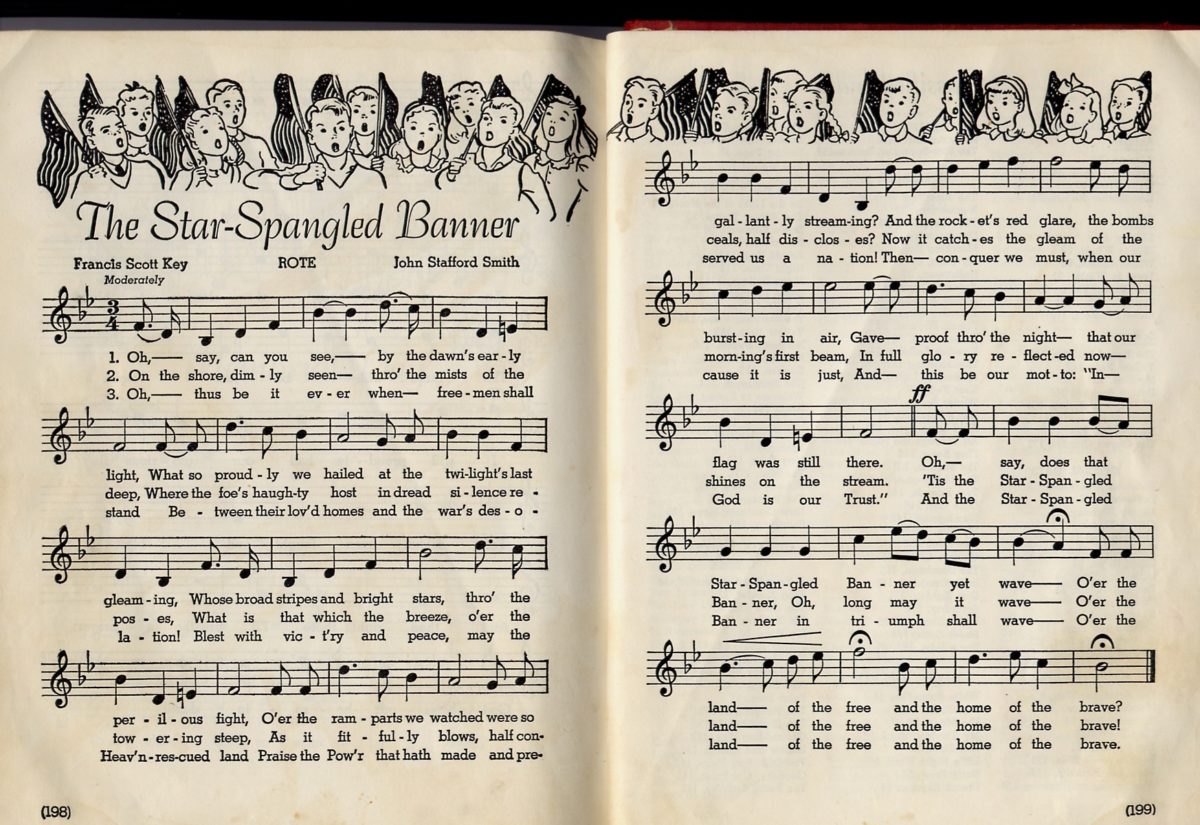

- #LILYPOND TEXT SPANNER PDF#
- #LILYPOND TEXT SPANNER SOFTWARE#
- #LILYPOND TEXT SPANNER CODE#
- #LILYPOND TEXT SPANNER SERIES#
- #LILYPOND TEXT SPANNER FREE#
#LILYPOND TEXT SPANNER CODE#
The ability to embed Scheme code within a LilyPond source file permits arbitrary extensions to the input language and assists with algorithmic composition. The native input language for LilyPond is comprehensive, and consists of many commands needed for expressing any sort of articulation, dynamic, meter, etc.

For example, with this setting, the space between consecutive quarter notes is four times greater than between consecutive sixteenth notes.
#LILYPOND TEXT SPANNER PDF#
5 music sheet printed from a digitally engraved PDF file produced by LilyPond released by the Mutopia Project
#LILYPOND TEXT SPANNER SOFTWARE#
Software features īeethoven's Symphony No. Its guitar facilities support alternative tunings, such as major-thirds tuning. LilyPond supports experimental musical notation. LilyPond adheres to the WYSIWYM paradigm the workflow for typesetting music notation with LilyPond is similar to that of preparing documents with LaTeX. (However, a text-editor based "LilyPad" GUI for Windows and MacOS is included by default on these systems.) It does, however, have a flexible input language that strives to be simple, easing the learning curve for new users. LilyPond is a text-based application, so it does not contain its own graphical user interface to assist with score creation. LilyPond can also generate MIDI files that correspond to the music notation output. In the final stage, music notation is output to PDF (via PostScript) or other graphical formats, such as SVG or PNG.
#LILYPOND TEXT SPANNER SERIES#
It uses a simple text notation for music input, which LilyPond interprets and processes in a series of stages. It has a relatively large codebase as of March 10, 2017, the source includes over 600,000 lines of C++, 140,000 lines of Scheme, and 120,000 lines of Python code. LilyPond is mostly written in C++ and uses Scheme (interpreted by GNU Guile) as its extension language, allowing for user customization. LilyPond 2.0 was released on September 24, 2003, announcing a simplified syntax model and a much more complete set of facilities for notating various styles of music. LilyPond 1.0 was released on July 31, 1998, highlighting the development of a custom music font, Feta, and the complete separation of LilyPond from MusiXTeX. Its name was inspired both by the Rosegarden project and an acquaintance of Nienhuys and Nieuwenhuizen named Suzanne, a name that means lily in Hebrew ( שׁוֹשַׁנָּה). The LilyPond project was started in 1996 by Han-Wen Nienhuys and Jan Nieuwenhuizen, after they decided to abandon work on MPP ( MusiXTeX PreProcessor), a project they began collaborating on in 1995.
#LILYPOND TEXT SPANNER FREE#
LilyPond is cross-platform, and is available for several common operating systems released under the terms of the GNU General Public License, LilyPond is free software and part of the GNU Project. One of LilyPond's major goals is to produce scores that are engraved with traditional layout rules, reflecting the era when scores were engraved by hand. LilyPond is a computer program and file format for music engraving. \override, Catalan, Dutch, French, German, Hungarian, Italian, Japanese, Spanish > \override TextSpanner.after-line-breaking = #text-callback > (ly:grob-set-property! grob 'stencil (ly:line-spanner::print > if yes, get the split pieces (our siblings) > I have a similar problem to the 8va showing up after line breaks. On Mon, at 2:37 AM Jean Abou Samra wrote:


 0 kommentar(er)
0 kommentar(er)
